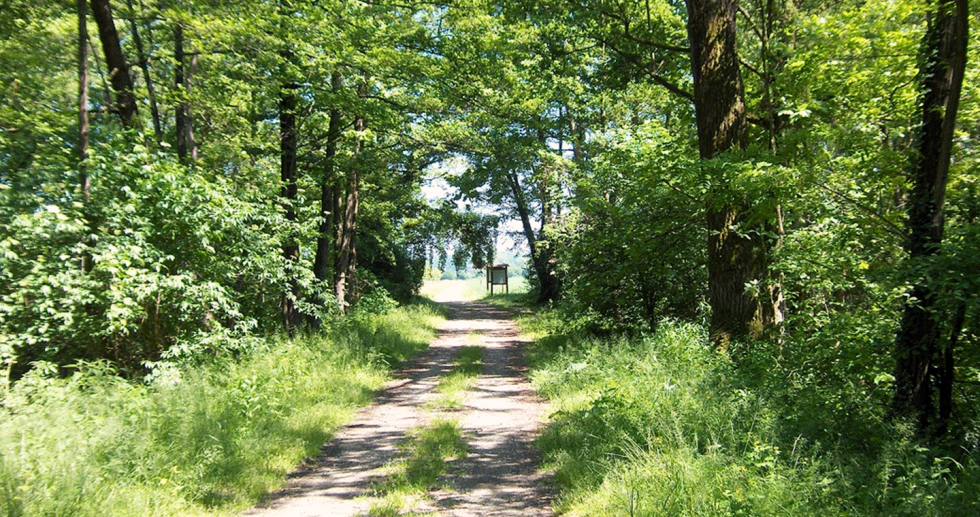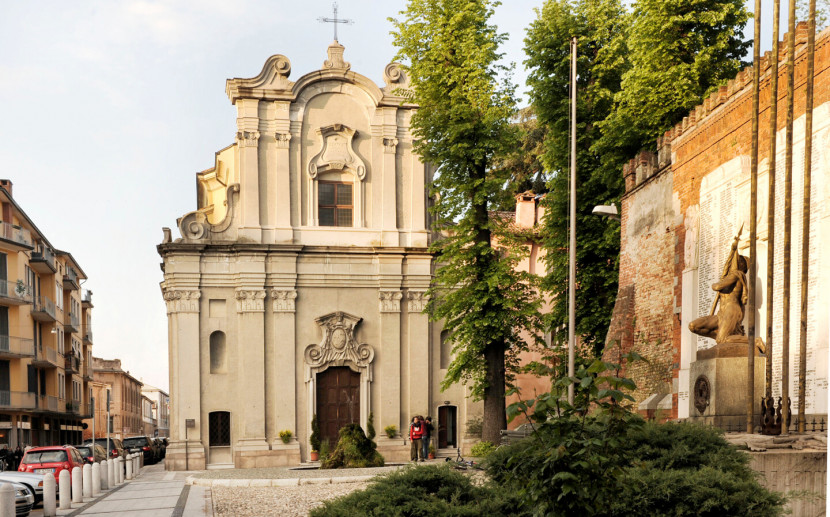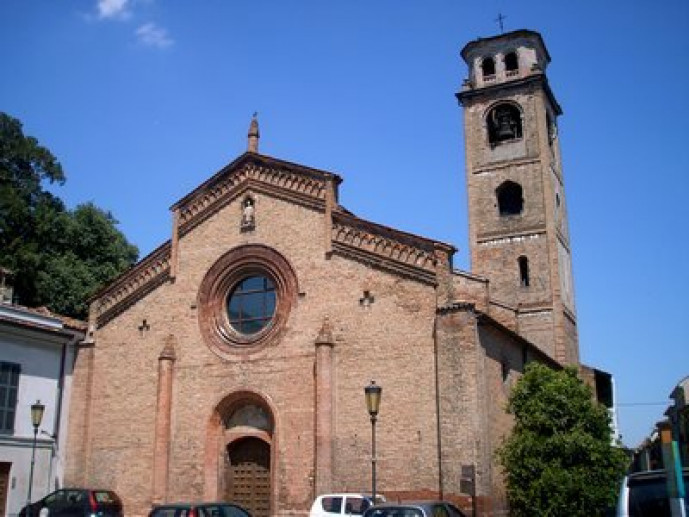- Art & Culture
Complesso Santa Chiara Nuova
The complex was built on land donated to the community of the Clarisse conventuals of Lodi by Martino Cassini
The Santa Chiara Nuova complex, founded in 1459, consists of the church of Santa Chiara Nuova, dating back to the 18th century, and the monastery built on land located between today's Via Gorini, Via Orfane and Via Gaeta in 1470, and donated by Martino Cassini to the community of the Clarisse conventual nuns of Lodi.
The original building was constructed during the Middle Ages in the Lombard-Gothic style, of which the cloisters, large halls, and part of the church with a cross-vaulted ogival roof have survived; the latter was converted into a choir for the cloistered nuns and also served as the sacristy of the new church built as part of the 18th-century renovation.
The monastery was radically modified during the 1741 renovation, which also involved radical transformations to the church. Specifically, the hall was transformed, probably intended for the cloistered nuns, with the introduction of the choir, still visible today in the Cantorum, and the new late Baroque tempietto (small temple) was built, including the partial demolition of the section of the church open to the public, incorporating the presbytery; the latter was maintained in its function but changed in form and orientation from east to north. The late Baroque small temple with an elliptical hall, built to a design by Giovanni Veneroni (Pavia 1683, Stradella 1749) was used as a new external church for the celebrant and the secular, while the two remaining bays of the church were reserved for the nuns.
The convent was suppressed on 11 February 1782 by Joseph II and was subsequently used as the seat of the Lodi orphanage for women until 1977.
Following the closure of the orphanage, the complex was used as the seat of various municipal offices and today is the seat of various associations.
Leopoldo Pollak, a pupil of Piermarini, was entrusted with the conversion project in 1787 and completed the work in 1791.





















